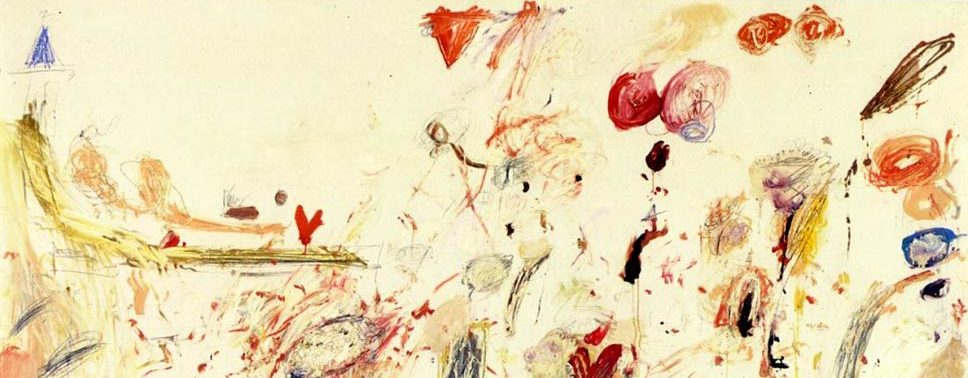Moonlight
You said you like to look at the moonlight
Never thought that we would say goodbye
Until the day you really said goodbye.
You said I made your whole life bright.
In this dark and lonely night,
You leave my life without telling me why.
Walking on the endless road, I start to cry.
The pale moonlight is still as bright.
I won’t forget the day you went away,
Tried to beg you to stay,
But you just said, “No.”
Put on my headphones, rock and roll,
Nothing can ease my aching soul.
Sometimes you’ve got to let it go.
About this poem:
I basically wrote this poem because I want to compose a sonnet myself. I am trying to follow the Petrarchan form, which follows the a b b a a b b a format.
The fact I am taking this class is actually my passion toward poets’ exquisite description of simple objects, and give them more profound meaning. In Chinese culture, moon and moonlight normally represent nostalgia, reminiscence and similar sentiment toward an object, a place or a person. This is why I name my sonnet “Moonlight,” and I decided to write about a heartbroken boy’s thinking about the girl who left him. I am trying to put “moonlight” in my poem as a sign that makes the narrator reminiscent the saddest moment in his life.
In the process of composing, I tried my best to put in the right word to follow the rhyme. However, I think the hardest part is what kind of story I want to tell and how am I supposed to start and end the story. This become extremely challenging for me at the beginning since I have to do everything in fourteen line, but ultimately I decided to give the poem a relatively open-ended ending to leave some imagination for the readers.
